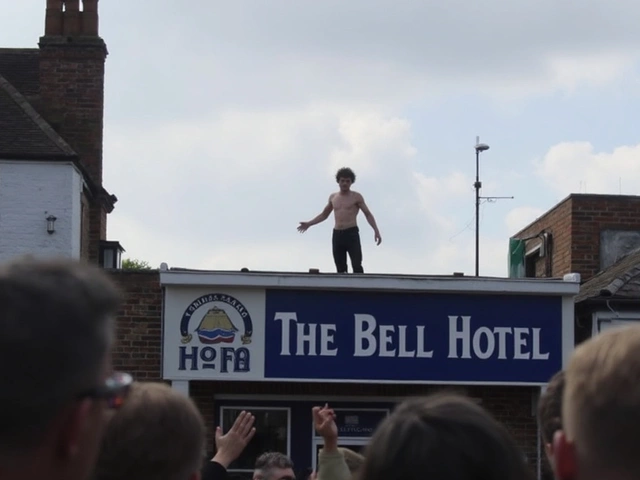Car and Lorry Crash: Latest News, Safety Tips & What to Do
Every week we hear about a new car‑lorry collision on the highways. Some end in minor dents, others in serious injuries. Whether you’re behind the wheel of a small car or a big truck, understanding why these crashes happen can help you avoid them.
Common Causes of Car‑Lorry Collisions
Most accidents between cars and lorries share a handful of simple reasons. First, blind spots are huge on a lorry. Drivers often can’t see a small car that’s tucked in a lane change, and car drivers may not realize the lorry can’t see them either.
Second, speed differences matter. A lorry takes longer to brake, so if a car slows down suddenly, the truck may not have enough distance to stop. Keep a safe gap whenever you’re near a big vehicle.
Third, weather plays a big role. Wet roads, fog, or snow make stopping distances longer for both vehicles, but the effect is even stronger on heavy loads. If the forecast calls for rain, give yourself extra time and extra space.
Finally, driver fatigue is a silent killer. Long hauls mean lorry drivers spend many hours on the road, and a tired driver may miss a signal or drift out of lane. Same goes for car drivers after a long commute. A quick coffee break can make a difference.
How to Protect Yourself on the Road
Here are some easy habits you can start today:
- Stay visible. Use your headlights in low light and avoid lingering in a lorry’s blind spot for more than a few seconds.
- Keep distance. Aim for at least a two‑second gap behind a truck, and a larger gap when the road is wet.
- Signal early. Give the lorry driver plenty of notice before you change lanes or turn.
- Watch the mirrors. If you see a lorry’s side mirror flicking, it often means the driver is about to change lanes.
- Plan for emergencies. If a crash happens, move to safety, call emergency services, and exchange details. Having a basic first‑aid kit in your car can be a lifesaver.
After a collision, stay calm. Check yourself and passengers for injuries, then check the other driver. If the lorry driver looks shaken, remind them to call their company – many fleets have protocols for reporting accidents.
Legal steps matter too. Police reports are important for insurance claims, and they help authorities spot dangerous patterns on specific road sections. If you’re ever unsure about the next steps, a quick call to your insurer can clear things up.
Remember, most car‑lorry crashes are avoidable. By understanding blind spots, respecting stopping distances, and staying alert, you can keep yourself and others safer on the road.
Stay tuned to our tag page for the newest crash reports, advice from road safety experts, and updates on any changes to traffic regulations that affect car and lorry drivers alike.
Kieran Lockhart, Jul, 3 2025
Dartford Crossing Crash: Car and Lorry Collision Sparks Bridge Closure and Traffic Chaos
A crash between a car and a lorry shut the southbound Queen Elizabeth II bridge at Dartford Crossing on July 3, 2025, leading to heavy traffic disruptions. Recovery crews and investigators worked into the evening, with fuel spillage adding to delays. Motorists faced long queues and were urged to find alternate routes.
View More




